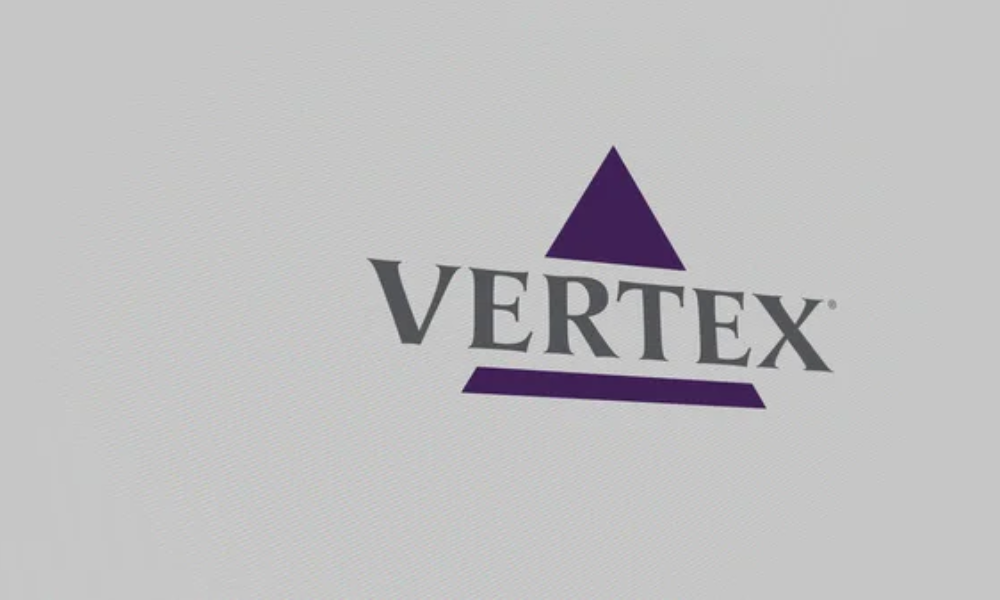Introduction
Navigating the stock market is akin to mastering a complex game of strategy and timing, where success hinges on making well-informed decisions.
A critical aspect of these decisions is understanding the various types of orders used in buying and selling stocks.
This article aims to demystify three primary order types – Market Orders, Limit Orders, and Stop Orders – and provide guidance on when to use each one to optimize your trading strategy.
Read More: This Biotech Company Could be a Hidden Gem
Market Orders
Market Orders are the most basic and frequently used stock order type. They are instructions to buy or sell a stock immediately at the current market price.

The key advantage of a market order is its ability to ensure the execution of the trade, making it ideal in situations where speed is more critical than price.
When to Use:
Market Orders are best used when trading highly liquid stocks where the bid-ask spread (the difference between the buying and selling price) is narrow.
They are particularly useful in fast-moving market conditions where obtaining a specific price is less important than ensuring the trade is executed quickly.
For instance, if you’re looking to capitalize on a news-driven surge or drop in a stock’s price, a market order can be the most effective way to enter or exit a position promptly.
Limit Orders
Limit Orders allow traders to specify the price at which they want to buy or sell a stock. Unlike market orders, limit orders are not executed until the stock reaches the trader’s specified price.
This type of order is used to control the price of a trade, offering protection against sudden spikes or drops.
When to Use:
Limit Orders are ideal when price is more important than speed. They are particularly beneficial in less liquid markets or for stocks with wider bid-ask spreads.
For example, if you’re aiming to purchase a stock but find its current market price too high, a limit order can be set at a lower, more desirable price. Similarly, when selling, a limit order ensures you don’t sell below a predetermined price, protecting your investment from being sold too cheaply in a volatile market.
Stop Orders
Stop Orders, also known as stop-loss orders, are designed to limit an investor’s loss on a position in a security.
A stop order becomes a market order once a specified price – the stop price – is reached. It’s a blend of the features of market and limit orders, offering some control over the price at which the order turns active.
Also Read: Investing, Swing Trading, and Day Trading: How They Are Similar and How They Differ
When to Use:
Stop Orders are particularly useful as a risk management tool. They are best employed to protect gains or limit losses in a position.

For example, if you own a stock currently trading at $50 and want to limit your loss to 10%, you can set a stop order at $45. If the stock price falls to $45, the stop order is triggered, converting to a market order to sell your stock.
Conversely, stop orders can be used to protect profits; as a stock’s price rises, you can adjust the stop price upwards to lock in gains.
Conclusion
Understanding the nuances of Market Orders, Limit Orders, and Stop Orders is crucial for any trader or investor in the stock market.
Each order type has its place, depending on your trading objectives, risk tolerance, and the market conditions. By judiciously selecting the right type of order, you can enhance your trading strategy, protect your investments, and potentially increase your market gains.
As with any investment strategy, it’s important to continue educating yourself and stay attuned to market dynamics to make the most informed decisions.
Read Next: China’s Producer Prices Dip for 16th Straight Month
DISCLAIMER
You should read and understand this disclaimer in its entirety before joining or viewing the website or email/blog list of SmallCapStocks.com (the “Publisher”). The information (collectively the “Advertisement”) disseminated by email, text or other method by the Publisher including this publication is a paid commercial advertisement and should not be relied upon for making an investment decision or any other purpose. The Publisher is engaged in the business of marketing and advertising the securities of publicly traded companies in exchange for compensation. The track record, gains, upside, and/or losses mentioned in the Advertisement, if any, should not be considered as true or accurate or be the basis for an investment. The Publisher does not verify the accuracy or completeness of any information included in the Advertisement. While the Publisher does not charge for the SMS service, standard carrier message and data rates may apply. To unsubscribe from receiving promotional text messages to your phone sent via an autodialer, using your phone reply to the sender’s phone number with the word STOP or HELP for help.
The Advertisement is not a solicitation or recommendation to buy securities of the advertised company. An offer to buy or sell securities can be made only by a disclosure document that complies with applicable securities laws and only in the states or other jurisdictions in which the security is eligible for sale. The Advertisement is not a disclosure document. The Advertisement is only a favorable snapshot of unverified information about the advertised company. An investor considering purchasing the securities, should always do so only with the assistance of his legal, tax and investment advisors. Investors should review with his or her investment advisor, tax advisor or attorney, if and to the extent available, any information concerning a potential investment at the web sites of the U.S. Securities and Exchange Commission (the "SEC") at www.sec.gov; the Financial Industry Regulatory Authority (the "FINRA") at www.FINRA.org, and relevant State Securities Administrator website and the OTC Markets website at www.otcmarkets.com. The Publisher cautions investors to read the SEC advisory to investors concerning Internet Stock Fraud at www.sec.gov/consumer/cyberfr.htm, as well as related information published by the FINRA on how to invest carefully. Investors are responsible for verifying all information in the Advertisement. As an advertiser, we do not verify any information we publish. The Advertisement should not be considered true or complete.
The Publisher does not offer investment advice or analysis, and the Publisher further urges you to consult your own independent tax, business, financial and investment advisors concerning any investment you make in securities particularly those quoted on the OTC Markets. Investing in securities is highly speculative and carries an extremely high degree of risk. You could lose your entire investment if you invest in any company mentioned in the Advertisement. You acknowledge that we are not an investment advisory service, a broker-dealer or an investment adviser and we are not qualified to act as such. You acknowledge that you will consult with your own independent, tax, financial and/or legal advisers regarding any decisions as to any company mentioned here. We have not determined if the Advertisement is accurate, correct or truthful. The Advertisement is compiled from publicly available information, which include, but are not limited to, no cost online research, magazines, newspapers, reports filed with the SEC or information furnished by way of press releases. Because all information relied upon by us in preparing an advertisement about an issuer comes from a public source, it is not reliable, and you should not assume it is accurate or complete.
By your subscription to our profiles, the viewing of this profile and/or use of our website, you have agreed and acknowledged the terms of our full disclaimer and privacy policy which can be viewed at the following link: www.SmallCapStocks.com/Disclaimer and www.SmallCapStocks.com/Privacy-Policy
By accepting the Advertisement, you agree and acknowledge that any hyperlinks to the website of (1) a client company, (2) the party issuing or preparing the information for the company, or (3) other information contained in the Advertisement is provided only for your reference and convenience. The advertiser is not responsible for the accuracy or reliability of these external sites, nor is it responsible for the content, opinions, products or other materials on external sites or information sources. If you use, act upon or make decisions in reliance on information contained in any disseminated report/release or any hyperlink, you do so at your own risk and agree to hold us, our officers, directors, shareholders, affiliates and agents harmless. You acknowledge that you are not relying on the Publisher, and we are not liable for, any actions taken by you based on any information contained in any disseminated email or hyperlink.












